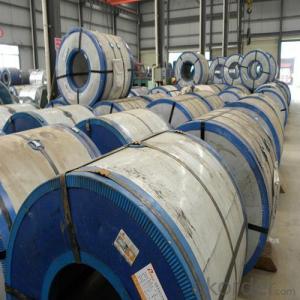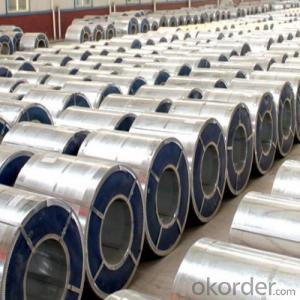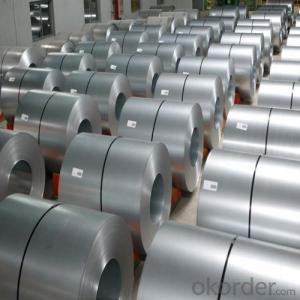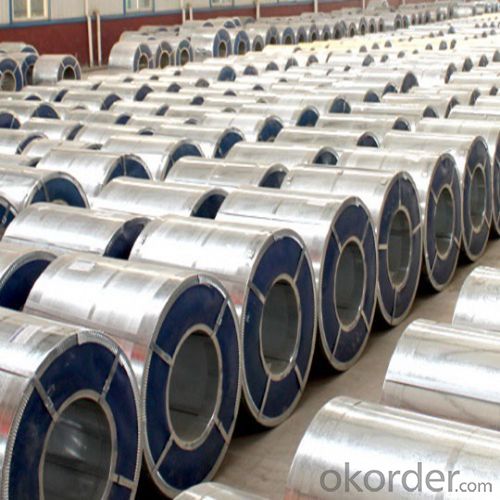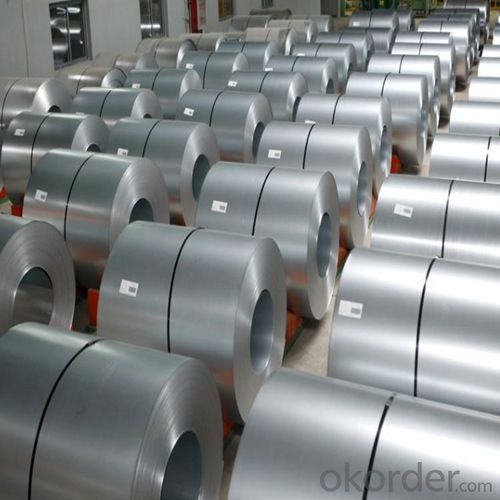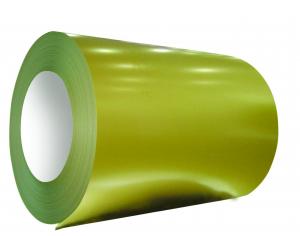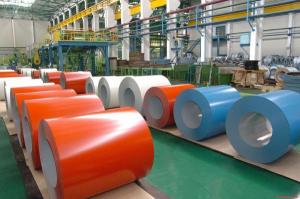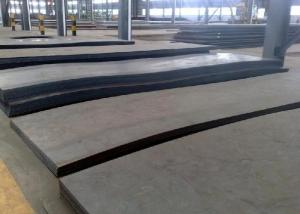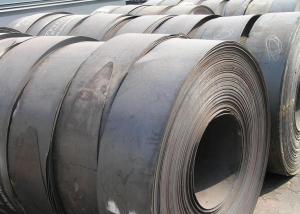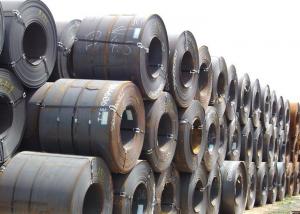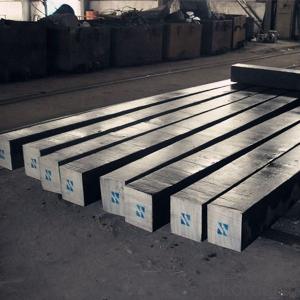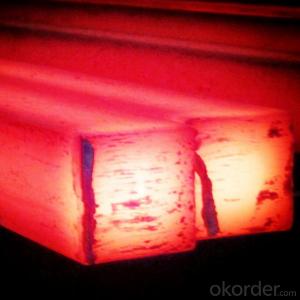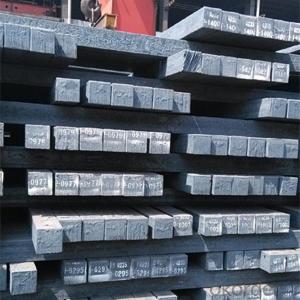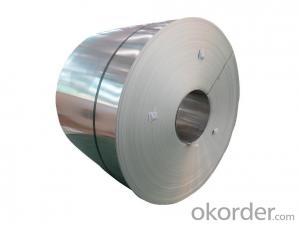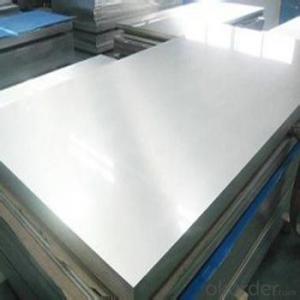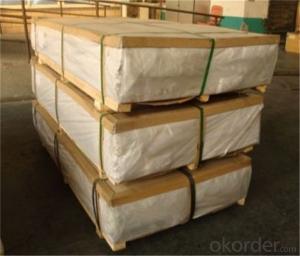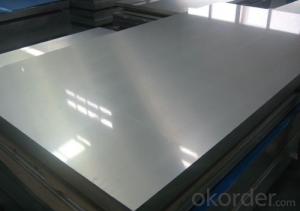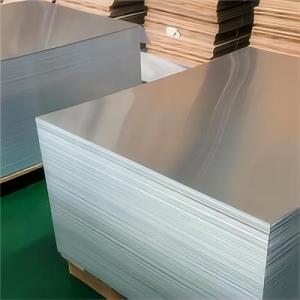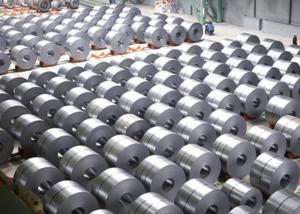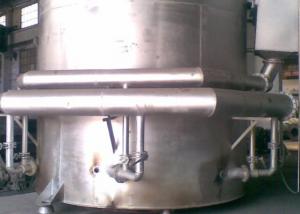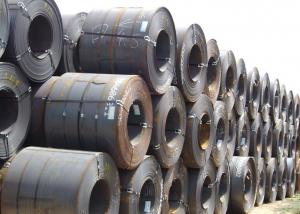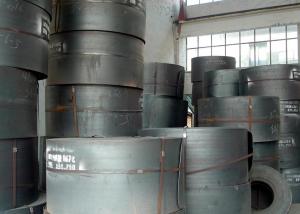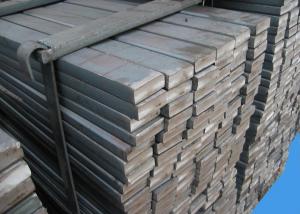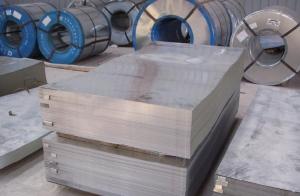Coated Aluminium Sheet Coated Aluminium Sheet AA6061 5054
- Loading Port:
- Tianjin
- Payment Terms:
- TT or LC
- Min Order Qty:
- 100 m.t.
- Supply Capability:
- 30000 m.t./month
OKorder Service Pledge
OKorder Financial Service
You Might Also Like
Product Description:
OKorder is offering Coated Aluminium Sheet Coated Aluminium Sheet AA6061 5054 at great prices with worldwide shipping. Our supplier is a world-class manufacturer of steel, with our products utilized the world over. OKorder annually supplies products to European, North American and Asian markets. We provide quotations within 24 hours of receiving an inquiry and guarantee competitive prices.
Product Applications:
Coated Aluminium Sheet Coated Aluminium Sheet AA6061 5054 are ideal for structural applications and are widely used in the construction of buildings and bridges, and the manufacturing, petrochemical, and transportation industries.
Product Advantages:
OKorder'sCoated Aluminium Sheet Coated Aluminium Sheet AA6061 5054 are durable, strong, and resist corrosion.
Main Product Features:
· Premium quality
· Prompt delivery & seaworthy packing (30 days after receiving deposit)
· Corrosion resistance
· Can be recycled and reused
· Mill test certification
· Professional Service
· Competitive pricing
Product Specifications:
Aluminum sheet / plate
1) Alloy: 1050. 1060, 1100, 1070, 1200, 3003 5052 5754 5083 5086 6061 6061 7075
2) Temper: soft, 1/4 hard, 1/2 hard, hard, H12, H14
3) Thickness: 0.2mm to 300mm
4) Width: 100mm to 2300mm, Length: up to 2300mm,
5) Main application: Tray, Road traffic signs, Car license, Automotive body, Wall decoration,
Auto radiator, Food container, Aluminum ceiling, Battery shell, LED Lighting, Kitchen rinse bath,
lamp shade , heat exchanger, nameplate, Power transformer, pallet etc.
CHEMICAL COMPOSITION
Alloy | Si | Fe | Cu | Mn | Mg | Cr | Ni | Zn | Ti | Al |
1060 | 0.25 | 0.4 | 0.05 | 0.05 | 0.05 | 0.05 | 0.03 | 99.6 | ||
1050 | 0.25 | 0.4 | 0.05 | 0.05 | 0.05 | 0.05 | 0.03 | 99.5 | ||
1100 | 0.95 | 0.05-0.2 | 0.05 | 0.1 | 99.0 | |||||
1200 | 1.0 | 0.05 | 0.05 | 0.1 | 0.05 | 99.0 | ||||
3003 | 0.6 | 0.7 | 0.05-0.2 | 1.0-1.5 | 0.1 | remainder | ||||
Product Information
Aluminum sheet is usually according to the following two points:
1. According to the alloy composition is divided into:
High purity aluminum plate rolling (by the content above 99.9 high purity aluminum)
Pure aluminum plate (ingredients made from pure aluminum rolling)
Alloy aluminum plate (composed of aluminum alloy and auxiliary, usually with aluminum and copper, aluminum and manganese, aluminum and silicon, aluminum magnesium, etc)
Composite aluminum plate or brazing plate (through a variety of means of material compound special use aluminum material)
Outside package aluminum (aluminum coated aluminum sheet used for special purposes)
2. According to the thickness is divided into: (mm)
Sheet (aluminum sheet) 0.15 to 2.0
Conventional plate (aluminum sheet) 2.0 to 6.0
Medium plate (aluminum plate), 6.0 to 25.0
Plate (aluminum plate) 25-200
Super thick plate more than 200
FAQ:
Q1: Why buy Materials & Equipment from OKorder.com?
A1: All products offered byOKorder.com are carefully selected from China's most reliable manufacturing enterprises. Through its ISO certifications, OKorder.com adheres to the highest standards and a commitment to supply chain safety and customer satisfaction.
Q2: How do we guarantee the quality of our products?
A2: We have established an advanced quality management system which conducts strict quality tests at every step, from raw materials to the final product. At the same time, we provide extensive follow-up service assurances as required.
Q3: How soon can we receive the product after purchase?
A3: Within three days of placing an order, we will begin production. The specific shipping date is dependent upon international and government factors, but is typically 7 to 10 workdays.
Q4: What makes stainless steel stainless?
A4: Stainless steel must contain at least 10.5 % chromium. It is this element that reacts with the oxygen in the air to form a complex chrome-oxide surface layer that is invisible but strong enough to prevent further oxygen from "staining" (rusting) the surface. Higher levels of chromium and the addition of other alloying elements such as nickel and molybdenum enhance this surface layer and improve the corrosion resistance of the stainless material.
Q5: Can stainless steel rust?
A5: Stainless does not "rust" as you think of regular steel rusting with a red oxide on the surface that flakes off. If you see red rust it is probably due to some iron particles that have contaminated the surface of the stainless steel and it is these iron particles that are rusting. Look at the source of the rusting and see if you can remove it from the surface.
Images:
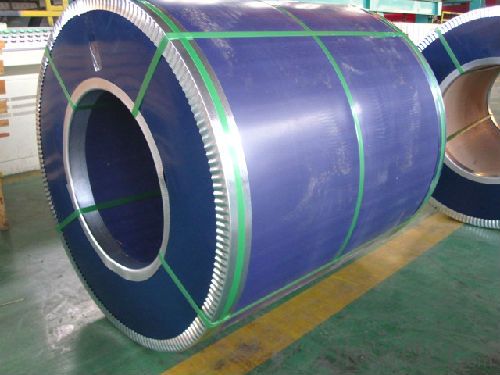
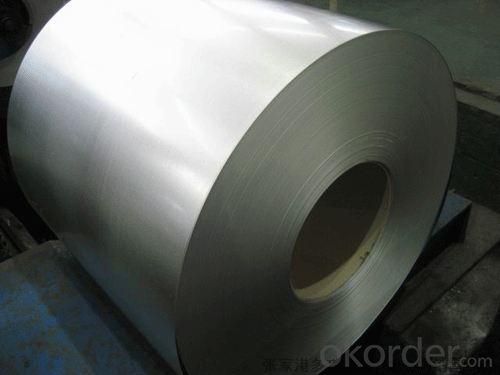
- Q: How are steel pipes used in the transportation of water and sewage?
- Steel pipes are commonly used in the transportation of water and sewage due to their durability, strength, and corrosion resistance. These pipes are utilized in water supply systems to transport clean water from treatment plants to homes and businesses, as well as in sewage systems to carry wastewater and sewage away for treatment. The seamless and welded steel pipes effectively withstand high pressure, prevent leaks, and offer long-term reliability, making them an ideal choice for water and sewage transportation infrastructure.
- Q: What are the different types of steel tanks and their applications in the pharmaceutical industry?
- There are several types of steel tanks used in the pharmaceutical industry. Some common examples include stainless steel tanks, carbon steel tanks, and alloy steel tanks. Stainless steel tanks are widely used due to their corrosion resistance, making them suitable for storing and processing different pharmaceutical products. Carbon steel tanks are often used for bulk storage of non-corrosive liquids or dry materials. Alloy steel tanks, on the other hand, are used for specialized applications that require specific properties such as high strength or resistance to extreme temperatures. Overall, these steel tanks play a crucial role in the pharmaceutical industry by ensuring the safe and efficient storage and processing of various pharmaceutical products.
- Q: How does steel pipe threading work?
- Steel pipe threading is a process used to create threads on the ends of steel pipes. It typically involves using a die and a threading machine to cut the desired threads onto the pipe. The die is placed on the pipe and then the machine rotates the pipe while the die cuts the threads into the surface. This creates a threaded section on the pipe that can be used to connect it with other pipes or fittings. Threading is commonly used in various industries, including plumbing and construction, to ensure tight and secure connections between steel pipes.
- Q: How is steel used in the production of automotive parts and components?
- Steel is commonly used in the production of automotive parts and components due to its high strength and durability. It is used for manufacturing various parts such as engine blocks, chassis, body panels, and suspension components. Steel's properties allow for the production of lightweight yet robust parts, ensuring safety and performance in vehicles.
- Q: How is steel used in the manufacturing of household appliances?
- Steel is commonly used in the manufacturing of household appliances due to its durability, strength, and heat resistance. It is used to construct the outer bodies, frames, and interiors of appliances such as refrigerators, ovens, dishwashers, and washing machines. Additionally, steel is also used in the production of various components, including panels, shelves, racks, and internal structures, ensuring the appliances can withstand the demands of daily use while providing a long-lasting and reliable product.
- Q: What are the different types of steel scaffolding systems?
- There are several different types of steel scaffolding systems, including tube and coupler scaffolding, frame scaffolding, modular scaffolding, and suspended scaffolding.
- Q: What are the different types of steel nails and their applications?
- There are various types of steel nails available, each with its own specific applications. Common types include common nails, finishing nails, roofing nails, and concrete nails. Common nails are typically used for general construction purposes, while finishing nails are smaller and designed for finer woodworking projects. Roofing nails have a larger head and are used for securing roofing materials. Concrete nails are specifically designed for fastening materials to concrete surfaces. These different types of steel nails are chosen based on their intended use and the specific requirements of the project.
- Q: What are the different methods of shaping steel into desired forms?
- There are several methods of shaping steel into desired forms, including forging, casting, rolling, and extrusion.
- Q: How is steel pipe welded for structural applications?
- Steel pipe is typically welded for structural applications using one of several methods, such as arc welding, resistance welding, or oxyfuel welding. The specific method used depends on factors such as the pipe diameter, wall thickness, and the desired strength and quality of the weld. Welding processes like electric arc welding involve the use of an electric current to generate intense heat, melting the edges of the pipe together. Welding techniques and equipment are carefully selected to ensure a strong and durable bond, meeting the requirements of structural applications.
- Q: How are steel products used in the defense industry?
- Steel products are used extensively in the defense industry for manufacturing various equipment and structures. They are used to make armored vehicles, tanks, submarines, and aircraft carriers, providing essential protection against ballistic threats. Steel is also used in the construction of military bases, hangars, and storage facilities. Additionally, steel is crucial in the production of weapons, such as firearms, cannons, and missile casings, due to its strength and durability. Overall, steel products play a vital role in enhancing the defense capabilities and ensuring the security of nations.
Send your message to us
Coated Aluminium Sheet Coated Aluminium Sheet AA6061 5054
- Loading Port:
- Tianjin
- Payment Terms:
- TT or LC
- Min Order Qty:
- 100 m.t.
- Supply Capability:
- 30000 m.t./month
OKorder Service Pledge
OKorder Financial Service
Similar products
Hot products
Hot Searches
Related keywords
